Experience superior real-time temperature monitoring with Trackpac's advanced IoT sensors. Our comprehensive solution provides instant alerts, mobile accessibility, and detailed analytics to help you maintain optimal temperatures 24/7. Perfect for industrial processes, cold chain management, and critical environment monitoring.

Transform your operations with continuous temperature monitoring that delivers immediate value and long-term benefits. Our real-time monitoring system provides instant visibility into temperature changes, enabling proactive management and ensuring optimal conditions around the clock.
Instant alerts help prevent temperature-related damage to sensitive products and materials.
Maintain regulatory compliance with automated temperature logging and reporting.
Optimize energy usage and prevent equipment failures with predictive monitoring.
Monitor temperatures from anywhere with our mobile app and cloud platform.
Monitoring temperature has never been easier. Our platform offers a range of features to help you track, analyze, and respond to temperature changes effectively.
Scan the QR code on your temperature sensor to add it to your account. Our intuitive interface guides you through the setup process.
Setup Rules with our easy to use interface to get alerts when the temperature goes above or below a certain threshold.
Get instant Email, SMS and Push Notifications when changes in temperature are detected.
Sensors on the Trackpac platform are grouped by Organisations. Add members to your organisation and share sensor data with your team.
Our API allows you to integrate your temperature sensors with other systems and platforms. API Documentation is available here: https://v2-api.trackpac.io/docs
Built from the ground up on serverless architecture, our platform is fast and reliable. We can scale to meet your needs and ensure that your data is always available.
We'd love to show you how Trackpac can help you monitor your sensors and get alerts. Schedule a demo with us today!
30 minutes • No commitment required
Temperature monitoring is indispensable across industries, ensuring product quality, regulatory compliance, and operational efficiency. Maintaining optimal temperatures safeguards product integrity, mitigates risks of spoilage, and upholds safety standards. Compliance with regulations is critical, safeguarding consumer health and trust while avoiding costly penalties and recalls. Continuous monitoring prevents losses due to temperature fluctuations, optimizing processes and reducing waste. It safeguards equipment, enhances safety, and contributes to environmental sustainability by minimizing energy consumption and emissions. Temperature monitoring is not just a necessity; it's a strategic imperative for organizations striving for excellence in quality, compliance, and efficiency.
Experience peace of mind with our advanced real-time temperature monitoring solution. Our mobile app lets you monitor temperature data from anywhere, anytime. Receive instant alerts on your smartphone or tablet, ensuring timely responses to temperature changes. Our user-friendly interface provides easy access to historical data, enabling trend analysis and informed decision making. Trackpac's mobile app is your go-to solution for efficient temperature monitoring, empowering you to protect your assets, optimize operations, and stay ahead of the curve.
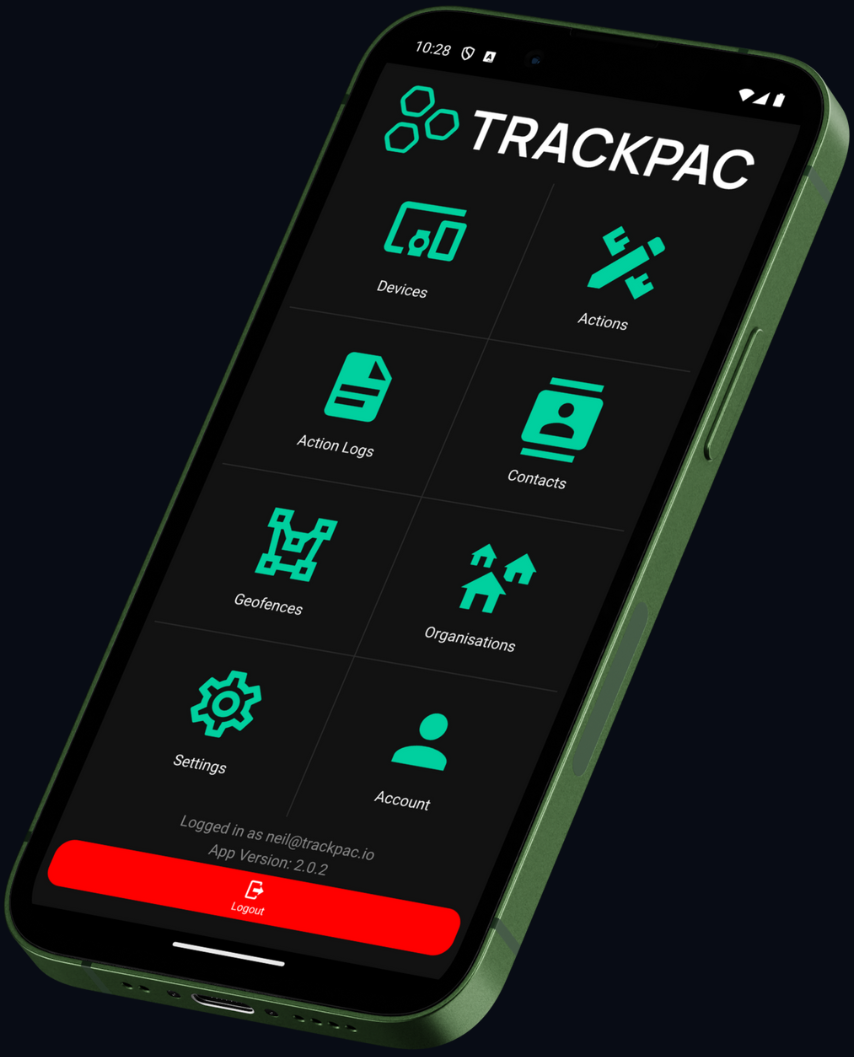
Shop our range of temperature sensors. We support a wide range of temperature sensors for all use cases.
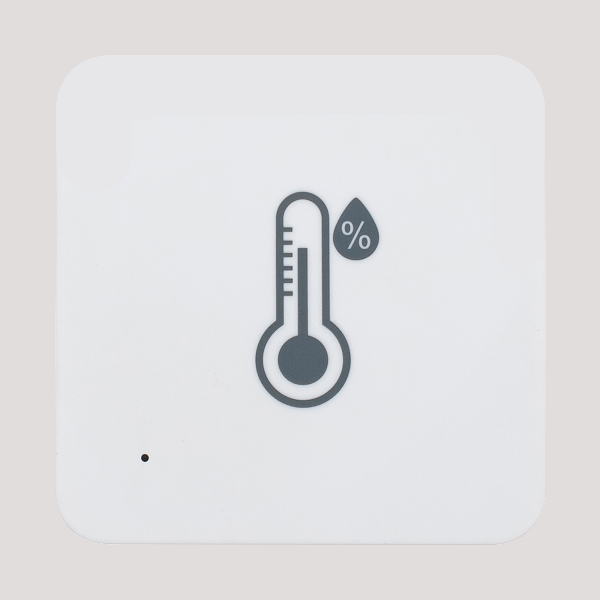
IP65-rated LoRaWAN temperature and humidity sensor with up to 10 years of battery life for indoor and outdoor environmental monitoring
Find Out More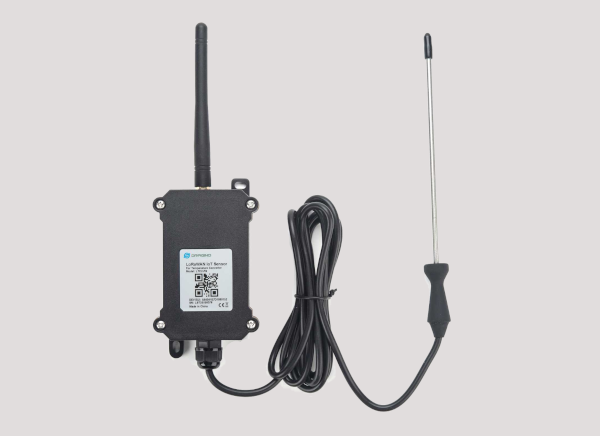
LoRaWAN temperature and humidity sensor for smart agriculture and environmental monitoring
Find Out More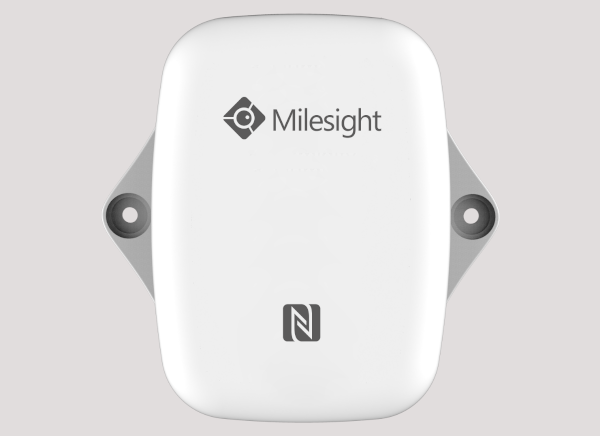
Compact LoRaWAN temperature and humidity sensor with long battery life and high accuracy for smart agriculture
Find Out MoreSmall, lightweight LoRaWAN sticker sensor for temperature monitoring and approximate location tracking with up to 1 year battery life
Find Out More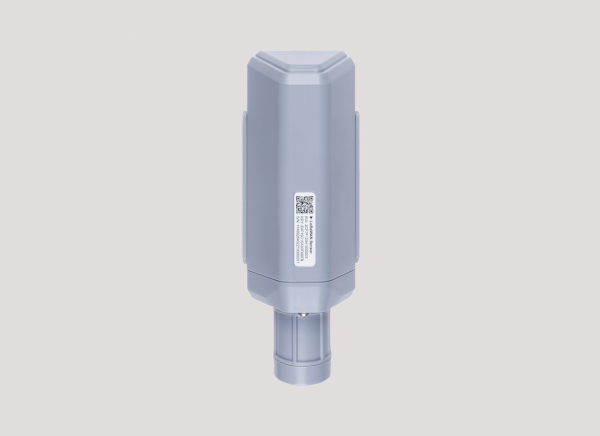
High-accuracy LoRaWAN temperature and humidity sensor for smart agriculture
Find Out MoreEverything you need to know about Trackpac's IoT sensor management platform
A temperature monitoring system is a set of tools and devices designed to measure, record, and manage temperatures in various environments. These systems typically include sensors to collect temperature data, software for analysis and visualization, and sometimes automated alerting mechanisms for detecting temperature anomalies.
The accuracy of a temperature monitor depends on various factors such as its calibration, sensor technology, and environmental conditions. Generally, laboratory-grade thermometers or temperature probes calibrated to international standards tend to be the most accurate.
Body temperature can be monitored using various methods, including oral thermometers, ear (tympanic) thermometers, forehead (temporal artery) thermometers, rectal thermometers, and wearable devices such as smart thermometers or patches. Each method has its advantages and considerations for accuracy and ease of use.
A temperature monitor typically works by using a temperature sensor to detect heat variations in the environment or object being measured. The sensor converts the temperature into an electrical signal, which is then processed by the monitor's circuitry to display or record the temperature data. Depending on the type of monitor, this data may be displayed in real-time on a screen, transmitted wirelessly to a computer or mobile device, or stored for later analysis.
Common applications of temperature monitoring include food safety, healthcare (such as patient monitoring and vaccine storage), HVAC systems, industrial processes, transportation of temperature-sensitive goods, climate research, and environmental monitoring.
Benefits of implementing a temperature monitoring system include ensuring product quality and safety, compliance with regulatory requirements, early detection of equipment malfunctions or failures, optimization of energy usage, prevention of food spoilage, improved patient care in healthcare settings, and enhanced environmental monitoring.
The frequency of temperature monitoring depends on factors such as the specific application, regulatory requirements, and the criticality of temperature control. In some cases, continuous monitoring may be necessary, while in others, periodic checks at regular intervals may suffice.
Different types of temperature sensors used in monitoring systems include thermocouples, resistance temperature detectors (RTDs), thermistors, infrared sensors, and semiconductor-based sensors. Each type has its advantages, disadvantages, and ideal applications.
Factors affecting the accuracy of temperature measurements include sensor calibration, environmental conditions (such as humidity and air flow), sensor placement, electromagnetic interference, and the quality of monitoring equipment.
Temperature monitoring helps ensure food safety by maintaining proper storage temperatures to prevent bacterial growth, monitoring cooking temperatures to ensure food is cooked to safe levels, and tracking temperatures during transportation to prevent spoilage.
Best practices for temperature monitoring in healthcare settings include using calibrated and validated temperature monitoring equipment, establishing clear procedures for temperature measurement and documentation, regularly training staff on proper monitoring techniques, and implementing automated alerting systems for temperature deviations.
Temperature monitoring contributes to energy efficiency in buildings by optimizing HVAC systems based on real-time temperature data, identifying areas of energy waste or inefficiency, and enabling predictive maintenance to prevent equipment breakdowns.
Regulatory requirements for temperature monitoring vary depending on the industry and geographic location. For example, industries such as pharmaceuticals, food and beverage, and healthcare may be subject to regulations mandating temperature monitoring to ensure product quality, safety, and compliance with standards.
Yes, temperature monitoring can help prevent equipment failures or malfunctions by detecting abnormal temperature variations that may indicate issues such as overheating, component degradation, or lubrication problems. Early detection allows for timely maintenance or intervention to prevent more serious problems.
Temperature monitoring is essential in climate research and environmental monitoring to track changes in temperature patterns over time, assess the impact of climate change, monitor weather phenomena, and understand temperature-related effects on ecosystems, biodiversity, and human health.
Temperature monitoring contributes to product quality control in manufacturing processes by ensuring that temperature-sensitive materials or products are maintained within specified temperature ranges during production, storage, and transportation. This helps prevent defects, ensure product consistency, and comply with quality standards.
Challenges associated with remote temperature monitoring include ensuring reliable communication with remote sensors, managing power sources for battery-operated sensors in remote locations, protecting data integrity and security during transmission, and addressing environmental factors that may affect sensor performance.
Historical temperature data can be analyzed to identify temperature trends over time, detect patterns or anomalies that may indicate underlying issues, and predict future temperature fluctuations or equipment failures. This information can inform proactive maintenance strategies to prevent downtime and optimize equipment performance.
Considerations for selecting and installing temperature monitoring equipment include choosing sensors appropriate for the application and environment, ensuring proper calibration and validation of equipment, selecting suitable monitoring locations, considering power sources and connectivity options, and complying with relevant regulations and standards.
Temperature monitoring systems can be integrated with other IoT devices such as humidity sensors, air quality monitors, and energy meters to provide comprehensive environmental monitoring solutions. Integration allows for more informed decision-making, improved automation, and enhanced control over environmental conditions.
Security measures to protect temperature monitoring data include encryption of data transmission, authentication mechanisms to verify user identity, access control policies to restrict data access based on user roles, regular security audits and updates, and physical security measures to protect monitoring equipment from tampering.
Continuous monitoring involves real-time monitoring of temperature fluctuations, providing immediate feedback and alerts for deviations from set thresholds. Periodic monitoring, on the other hand, involves taking temperature measurements at scheduled intervals, which may be less immediate but still effective for detecting trends and ensuring compliance.
Temperature monitoring in agriculture and crop management helps optimize growing conditions, manage irrigation schedules, prevent frost damage, and predict crop yields. By monitoring temperature variations, farmers can make informed decisions to improve crop health and productivity.
Temperature monitoring is critical in pharmaceutical storage and distribution to maintain the efficacy and safety of medications. Proper temperature control ensures that pharmaceutical products remain within specified temperature ranges during storage and transportation, preventing degradation and ensuring compliance with regulatory requirements.
Still have questions?
Contact our support teamWe'd love to show you how Trackpac can help you monitor your sensors and get alerts. Schedule a demo with us today!
30 minutes • No commitment required